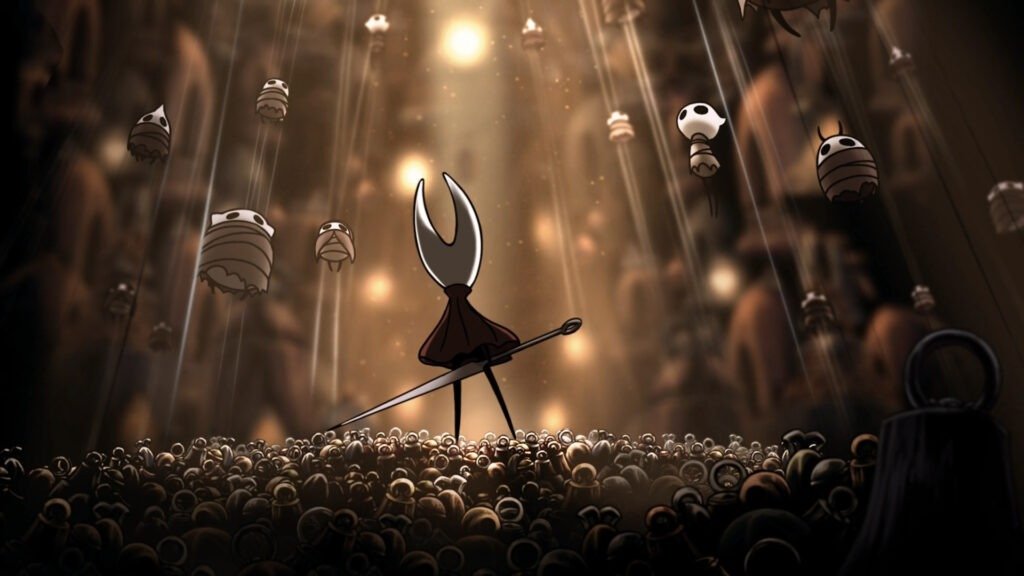Table of Contents
Hollow Knight: Silksong on Nintendo Switch 2
After what feels like an eternity, Hollow Knight: Silksong has finally arrived. For years, it lived in meme territory, edging toward vaporware status. Still, Team Cherry’s follow-up to their acclaimed Metroidvania has stormed onto the scene and reminded everyone why the wait mattered.
With barely two weeks’ notice before release, indie developers scrambled to move out of Silksong’s way, while even AAA titles like Chronos: The New Dawn and Hell Is Us were overshadowed. But when a game this polished lands at just $20, it’s hard to complain.
Pharloom – A Truly Hollow Kingdom
The new setting of Pharloom instantly feels larger and more ambitious than Hallownest. You play as Hornet, captured by the religious Citadel and transported to this forgotten land. Her powers over silk, coveted and exploited by the Citadel, form the basis of the story as she climbs toward the kingdom’s highest point to confront her captors.
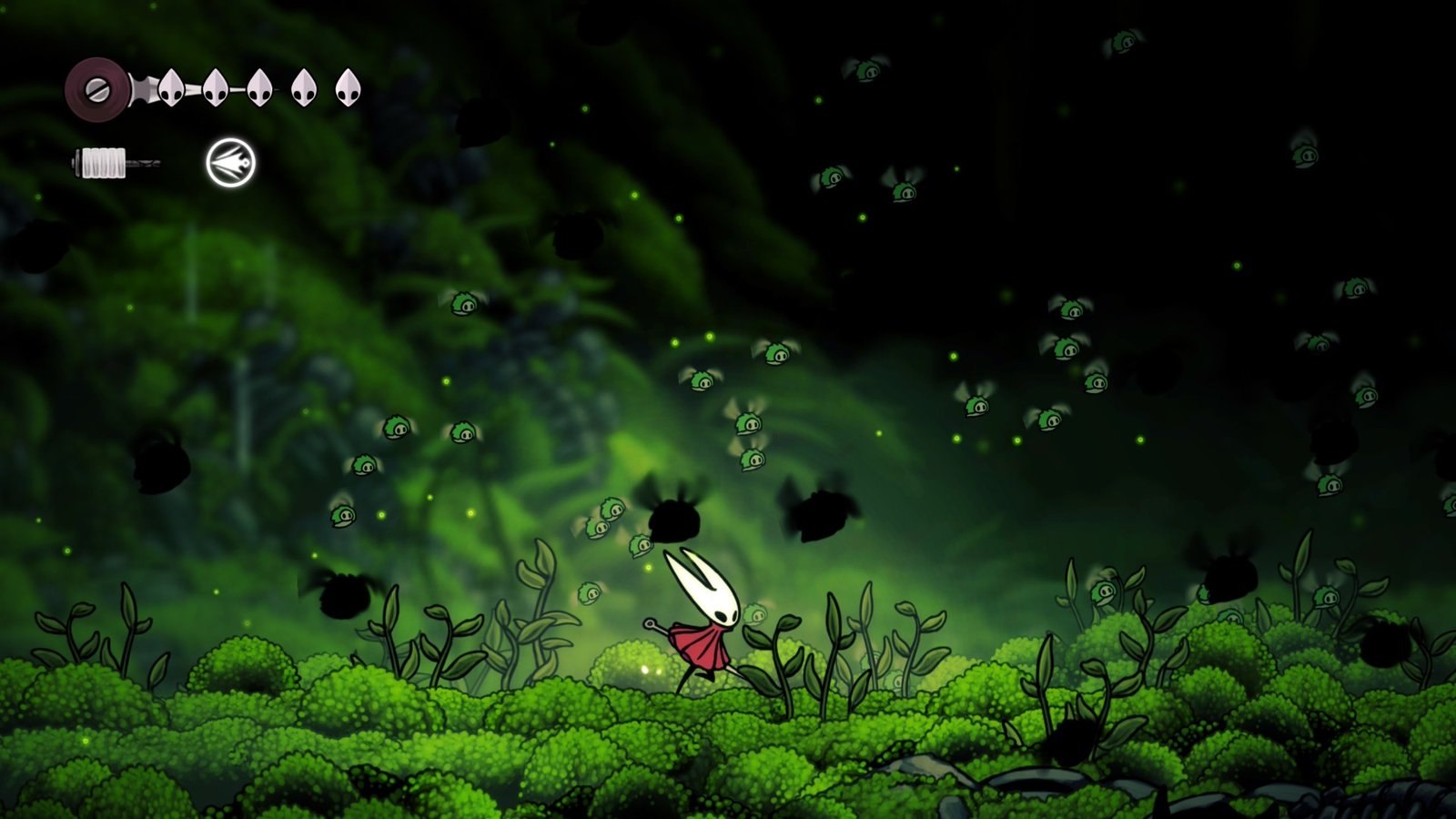
Narrative depth takes a backseat here, as with the first game, but the worldbuilding is rich for those who love digging into scraps of dialogue. NPCs speak of the Citadel’s dangers, building unease as you ascend. Reaching it isn’t triumphant — it’s eerily hollow, abandoned, and unsettling.
Hollow Knight: Silksong‘s structure spans three acts. The first is relatively linear, easing both new players and veterans into mechanics over ten or so hours. Optional paths exist, but the critical path dominates. Later acts expand dramatically, letting the game breathe and evolve, but of course, the caveat is that you have to stick with it long enough to see the fruits of your labour.
The Cruelty of Silksong
Hollow Knight: Silksong wastes no time throwing you in the deep end. There are no tutorials — you’re expected to figure everything out. Some mechanics are intuitive, like attacking to gain silk to heal or unleash skills, but others (like Silk Hearts or dual currencies, Rosaries and Shards) are opaque at first. The harsh lessons learned in the Pharloom can be both a boon and a bane.
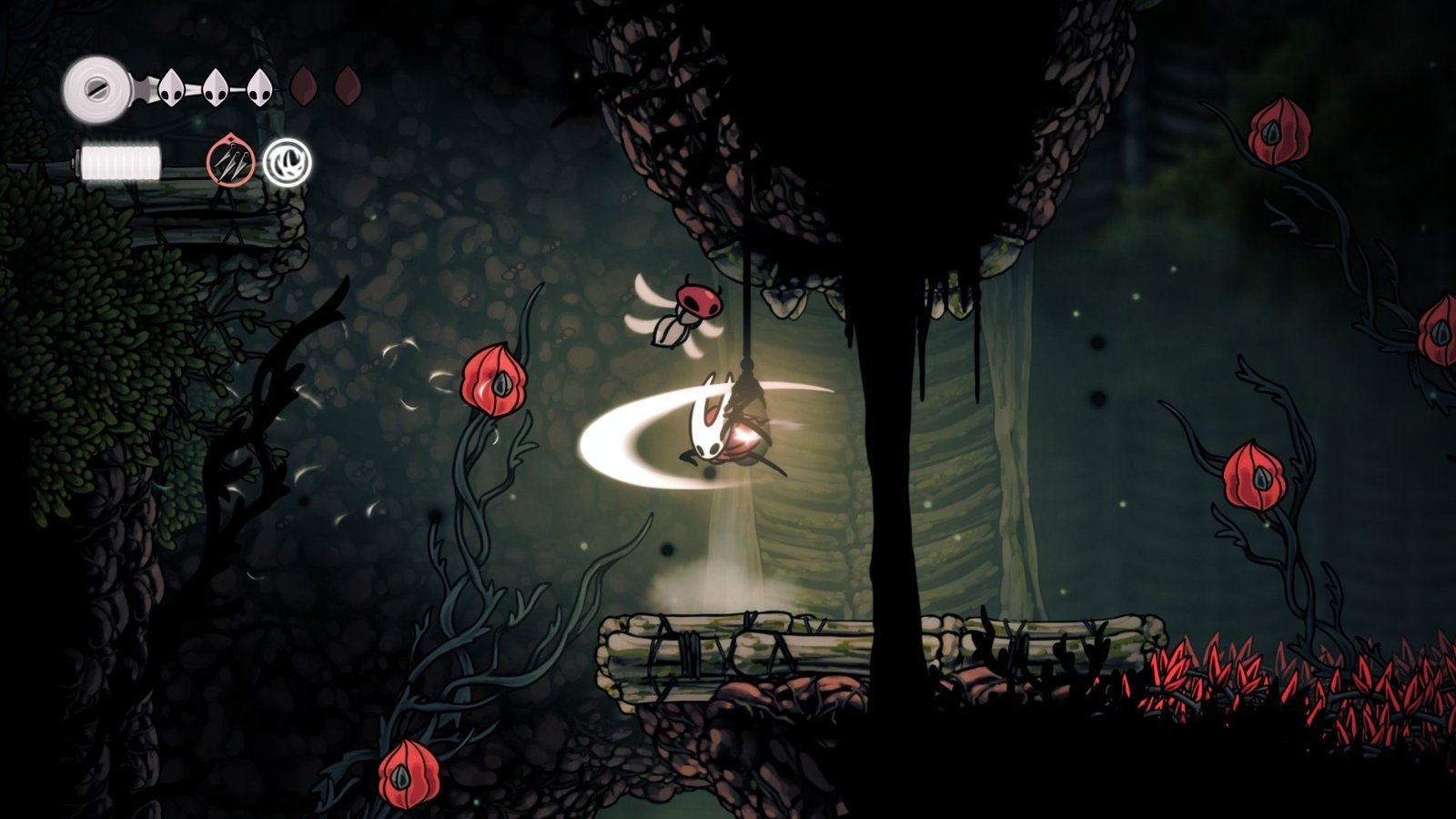
The early game can feel especially punishing. Regular enemies chip at you fast due to short invincibility frames, while many foes deal double damage. Health upgrades and tools arrive slowly, and the best gear doesn’t appear until Act II. It’s not surprising if some players drop off early.
The game continues to lean heavily into Soulslike mechanics: recover lost currency by revisiting your death spot, punishing bosses that demand precision and pattern recognition, and a world dripping with decay. The challenge feels harsher than Hollow Knight, sometimes unfairly so, even for veterans returning for a new adventure.
Pharloom Opens Up
Once you reach Act II, Pharloom truly blossoms. Exploration becomes non-linear, with the Citadel and numerous optional areas inviting curiosity. Collectibles like Mask Fragments, Spool Fragments, and Memory Shards expand your capabilities, while Crests and tools offer modest customisation.
Side quests, however, are hit-or-miss. Many are basic fetch or combat tasks, while currency-related ones highlight Silksong’s weakest system: its economy. Rosaries, used for essentials like maps and fast travel, drop in meagre amounts. Dying repeatedly means grinding to afford even save points. Late-game items priced at 1,000 Rosaries only worsen the frustration.
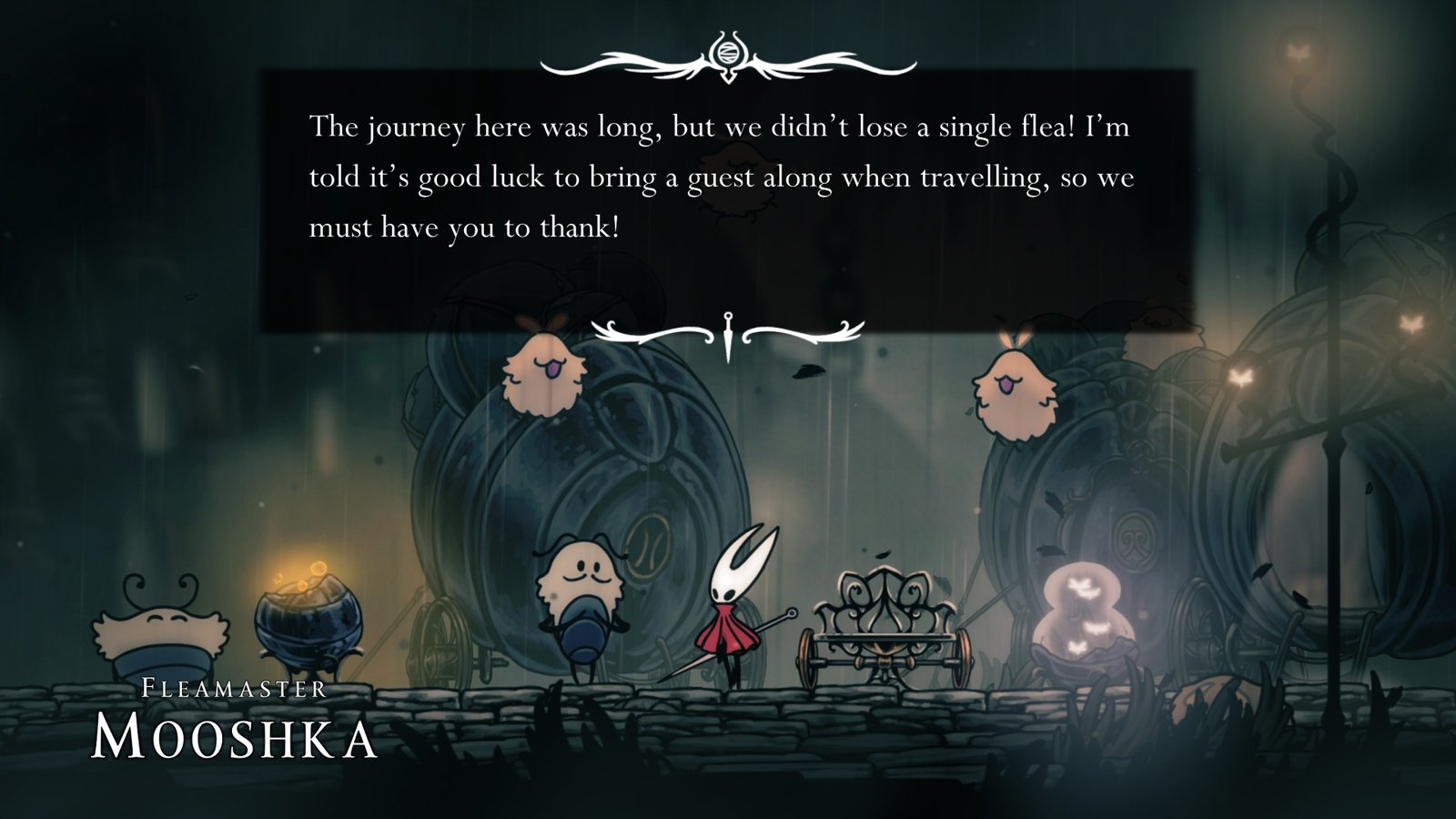
This grind-heavy design slows momentum, contrasting sharply with the joy of discovery that otherwise defines Pharloom.
Take Your Time, Enjoy the Journey
Despite its flaws, Hollow Knight: Silksong is utterly captivating in motion. Pharloom is gorgeous on the Nintendo Switch 2, whether docked or handheld. Each new area feels distinct and worth exploring, often hiding secrets that reward the persistent. Pharloom is one of the most engrossing settings to explore in any Metroidvania I’ve played.
Each time I reach a new area, I usually just stop and take in the beauty of the world. I want to explore every nook and cranny for hidden secrets. I mark up my map with points of interest that I want to explore once I acquire new power-ups that increase my mobility. I found myself charting out the most optimal path to reach key points or planning how to get to new areas.
Moments of discovery shine brightest. For example, while the game directs you toward ringing bells to unlock Act II, I stumbled into a secret boss and unlocked Act II early via an alternate path. The sense of triumph was unforgettable, and Silksong is full of such surprises.
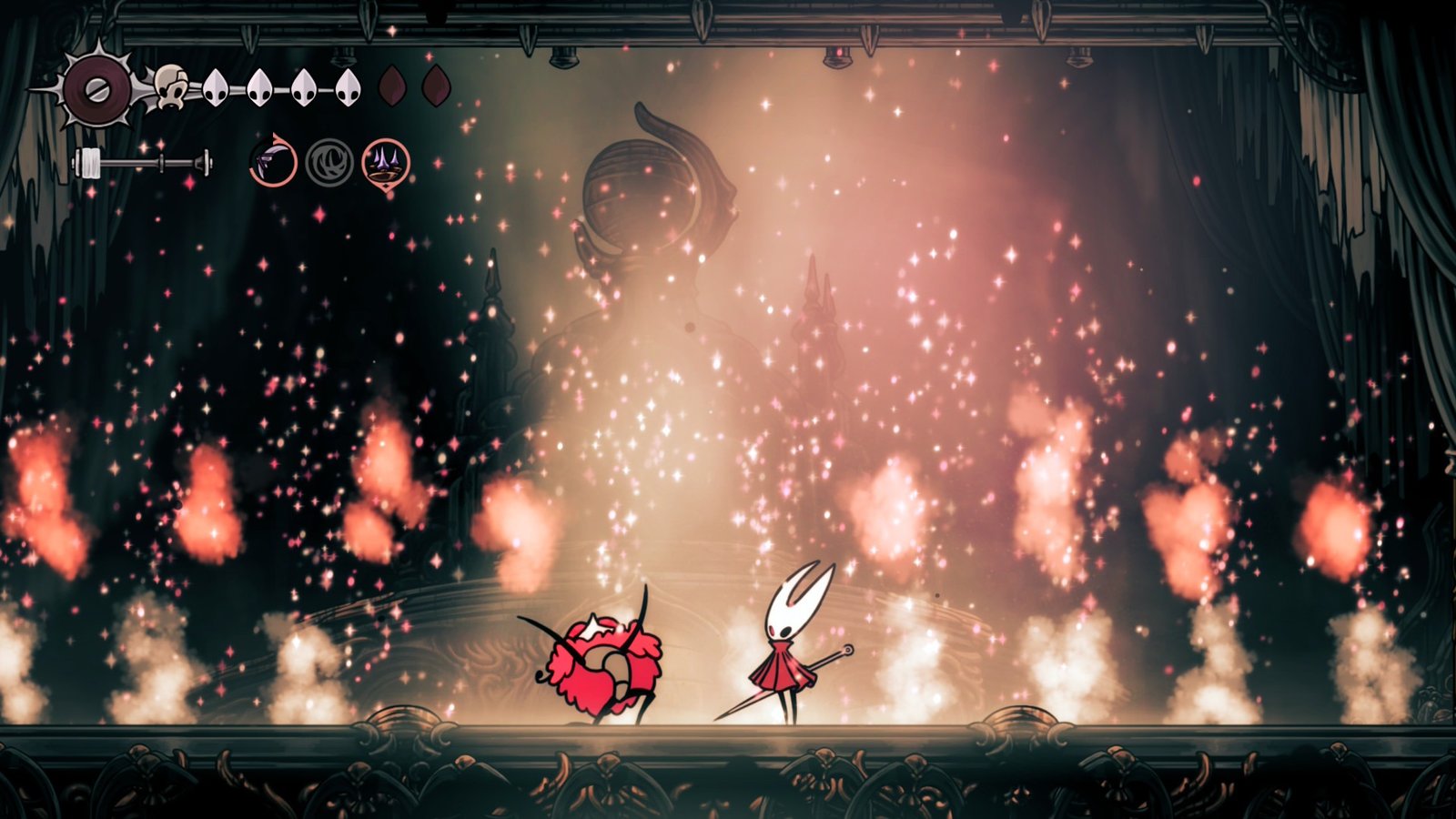
Act III raises the stakes further, though unlocking it requires completing every side quest — a tedious demand given their uneven quality. Still, for those who’ve waited years, the payoff is worthwhile.
Silksong is harsher, less forgiving, and more grind-heavy than Hollow Knight. Customisation is reduced, the economy feels stingy, and bosses often hit harder than they should. Yet, despite these frustrations, Pharloom is a world I can’t stop exploring.
Team Cherry has crafted a game that proves small studios can still shake the industry. What began as DLC evolved into a standalone experience full of beauty, challenge, and heart. While Hollow Knight remains the more balanced masterpiece, Hollow Knight: Silksong is still one of the year’s best — an adventure that rewards patience, curiosity, and perseverance.
Hollow Knight: Silksong is available on Nintendo Switch, Nintendo Switch 2, PC, Xbox One, Xbox Series X|S, Playstation 4, and Playstation 5.
SavePoint Score
Summary
Hollow Knight: Silksong is a beautifully crafted Metroidvania that rewards exploration and dedication to seeing every corner of Pharloom, even if its difficulty feels artifically inflated and limiting than one would like.

